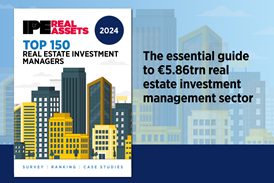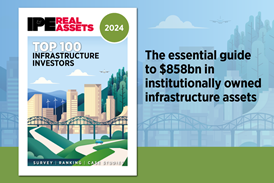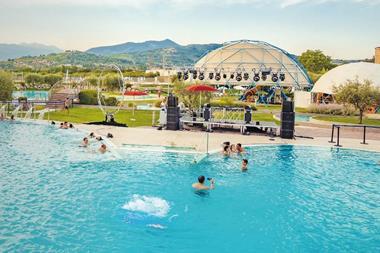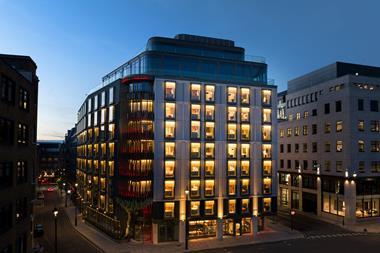The surge in cross-border investments in the Nordic countries in the last 12 months has not been a flash in the pan but the beginning of a sustained and sustainable trend, experts agreed at the PropertyEU Nordics Investment Briefing, which was held on Friday at the Mayfair headquarters of Strutt & Parker in London.
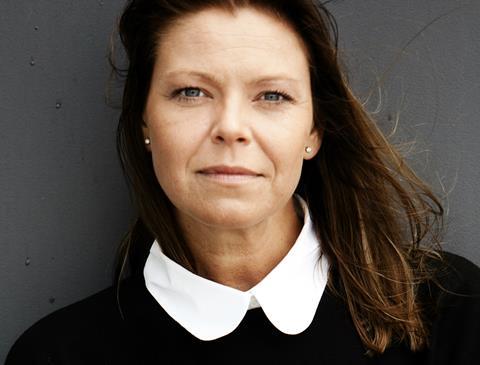
‘The Nordic property market is more attractive than ever in a global perspective, and the region looks particularly good if compared to the eurozone,’ said Arvid Lindqvist, head of research at Catella. ‘We believe low interest rates are here to stay and will make property a good asset class to invest in for the next 10 years. In the Nordics opportunities will arise faster than people think, especially in secondary locations in 2017 and 2018.’
International interest is driven by economic growth, which is considerably higher than in the eurozone. Demographic trends also contribute, as in all four Nordic countries the population is growing and becoming increasingly urban. The other positive factors that attract all investors are a stable environment and a transparent and well-regulated market.
‘We hear the term "safe haven" a lot from international investors,’ said Julia Mejegard, senior investment professional at Areim. ‘They appreciate the transparency and the ease of doing transactions, as well as the liquidity of the property market, which is the highest in Europe.'
Foreign investors tend to see the Nordics as a region, but the different countries actually have very distinct characteristics. ‘All of the Nordics is interesting, and each country has good opportunities, but it depends on the investment strategy, if it is core or opportunistic, short-term or long-term,’ said Rikke Lykke, managing director, Patrizia Nordics.
Asian investors who tend to look for large deals, a €500 mln office block for example, have to stick to Stockholm or Oslo, Lykke said, but others who prefer to build up a portfolio should look elsewhere. If there is an interest in high street retail, then Copenhagen with its 1.8 km-long main pedestrian shopping street is the place to go.
As far as offices are concerned, Oslo and Stockholm have shown huge rental growth recently and prices are now three times those of Copenhagen and twice those of Helsinki. Office rents in the Danish and Finnish capitals, by contrast, have been flat, not through lack of demand, but for the positive reason that there is more supply.
‘In Stockholm and Oslo there is no more land to build on, so rents are rising,’ said Lykke. ‘Copenhagen has four CBDs and there is more land available to build on, and the same is true of Helsinki, which explains why rents have stayed low.’
The four countries are also at different stages of the cycle, with the market almost overheating in Sweden, while Finland is just entering the recovery path and Denmark and Norway are somewhere in the middle. But even in Sweden ‘there is no risk of a bubble,’ said Lindqvist. ‘In fact, we expect market sentiment to bounce back in the third quarter of this year.’
